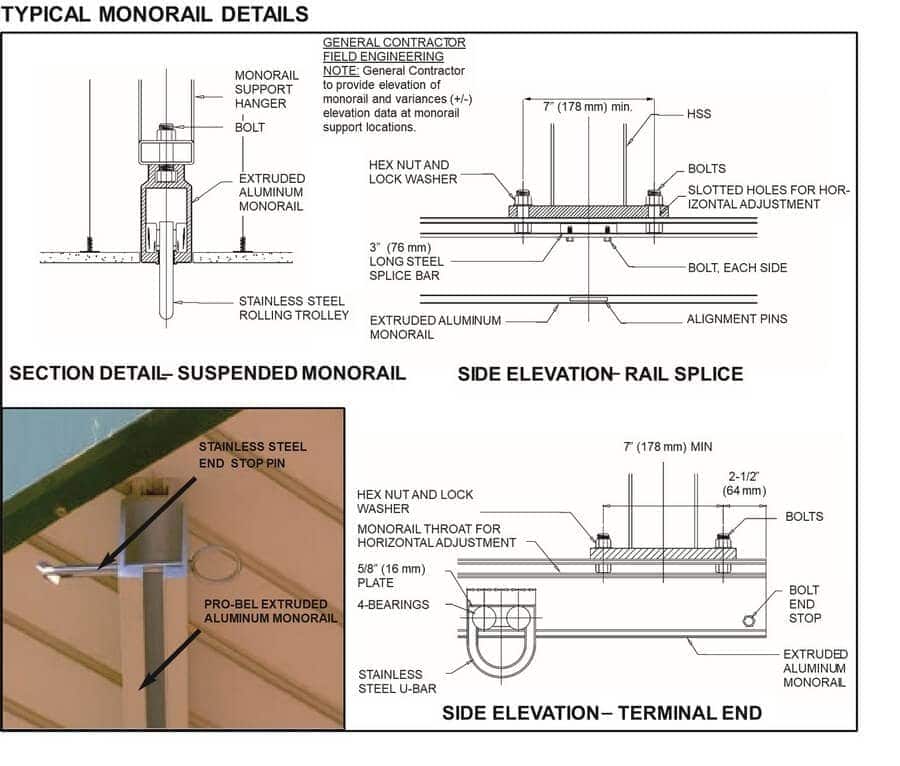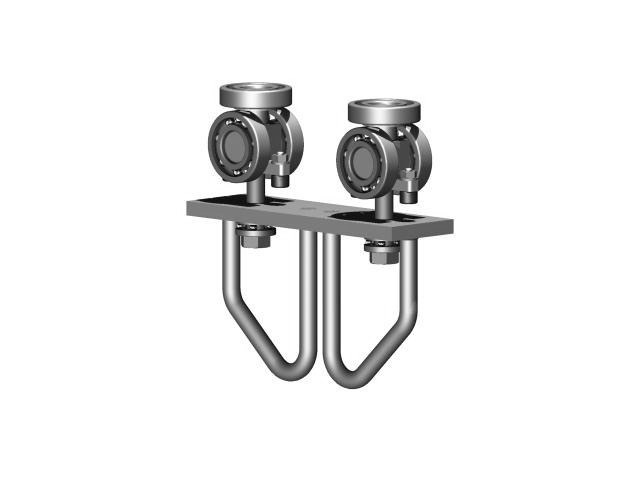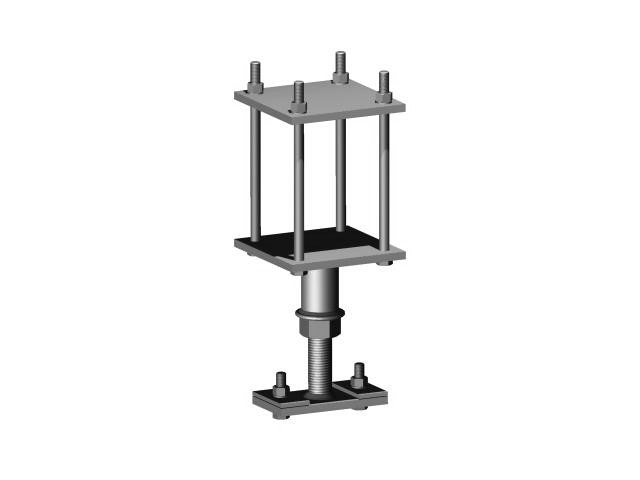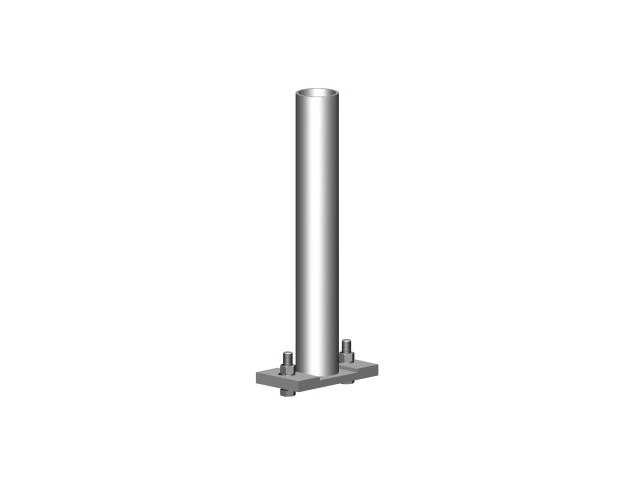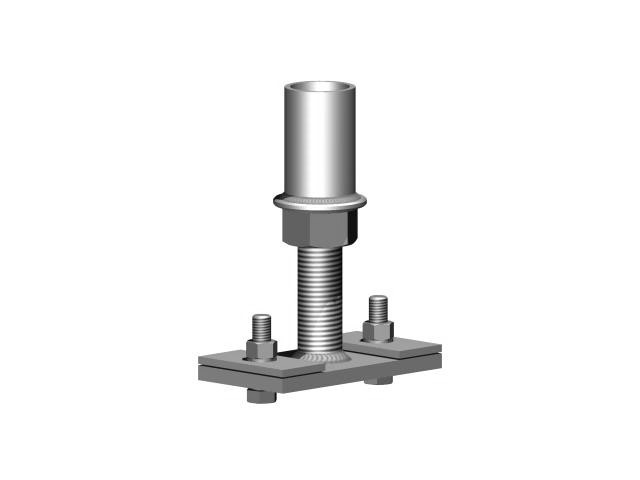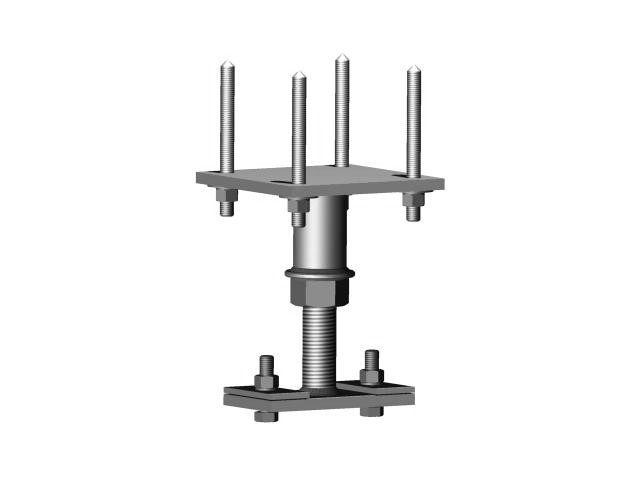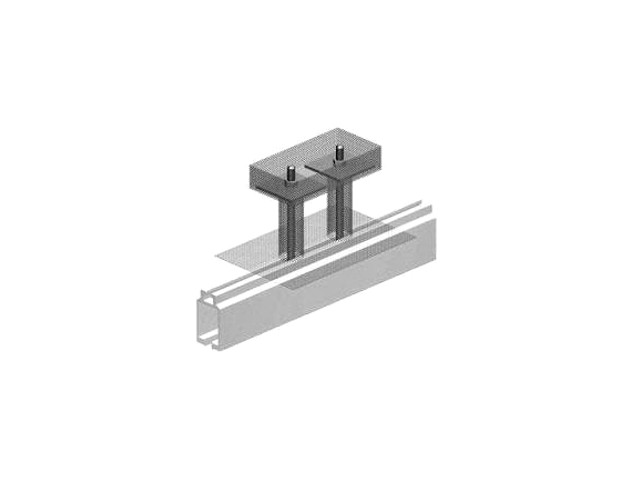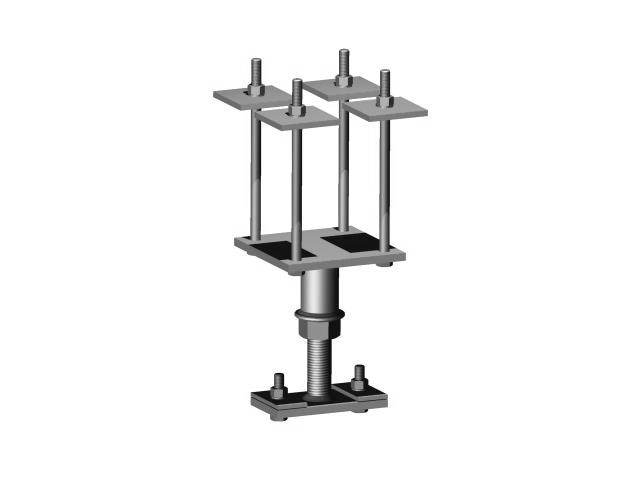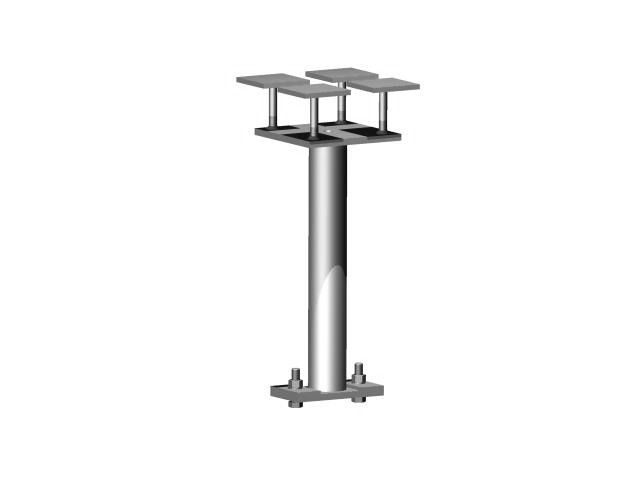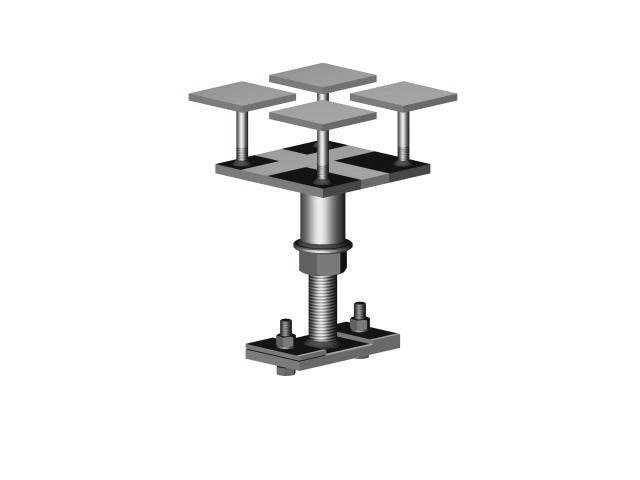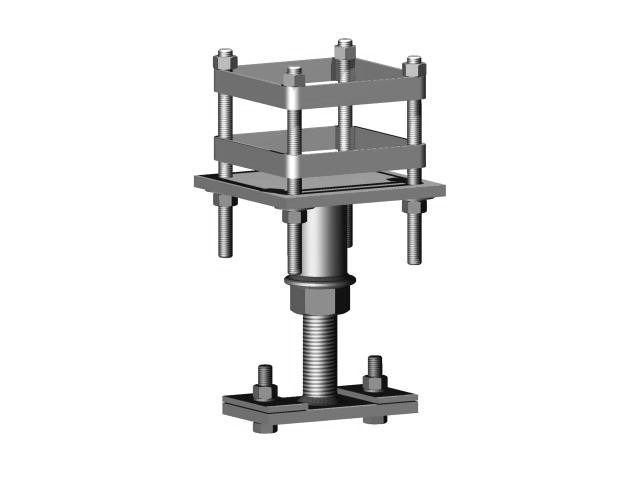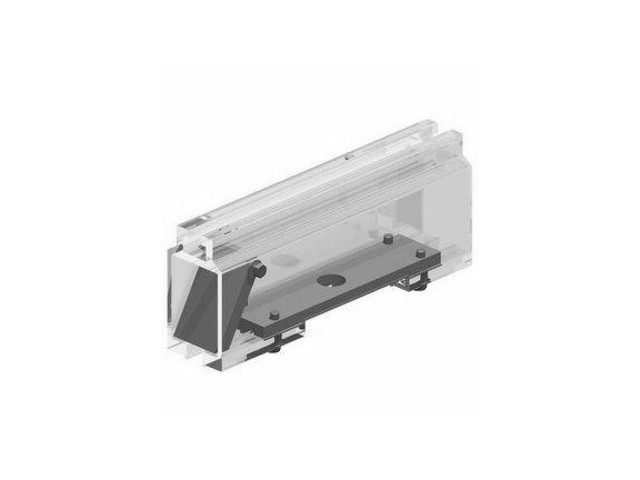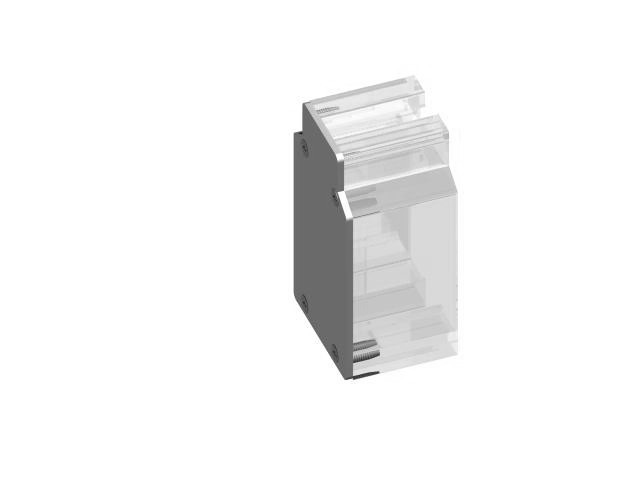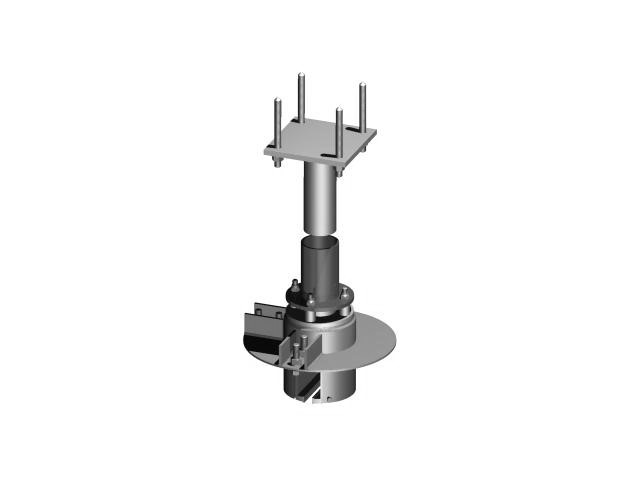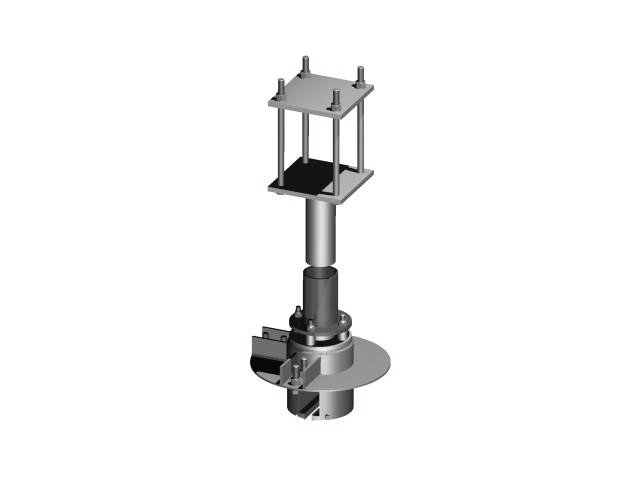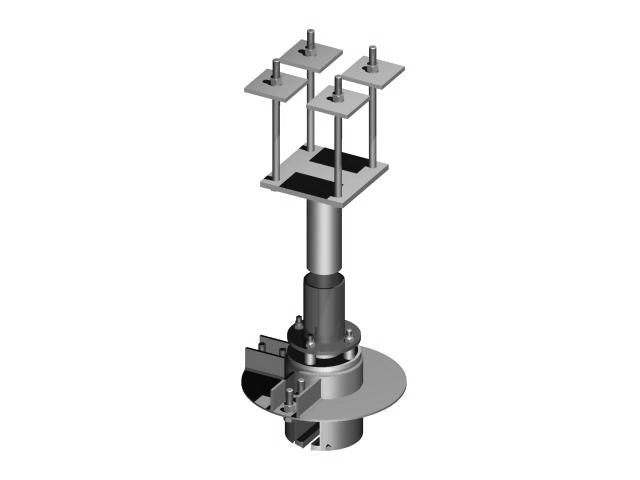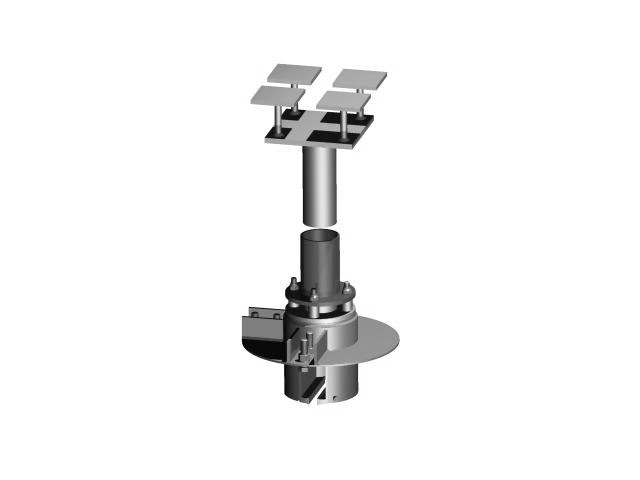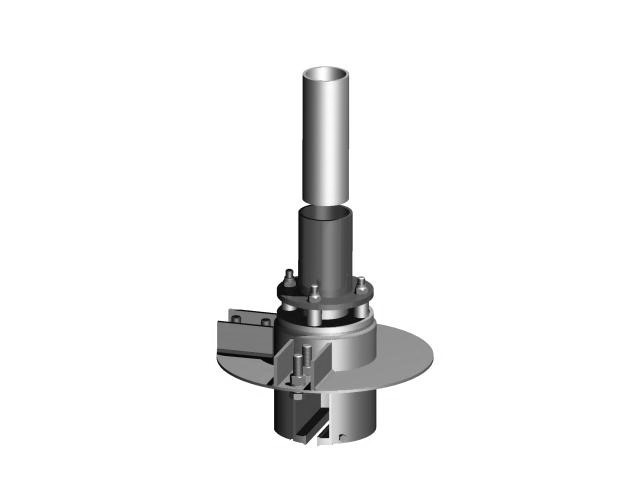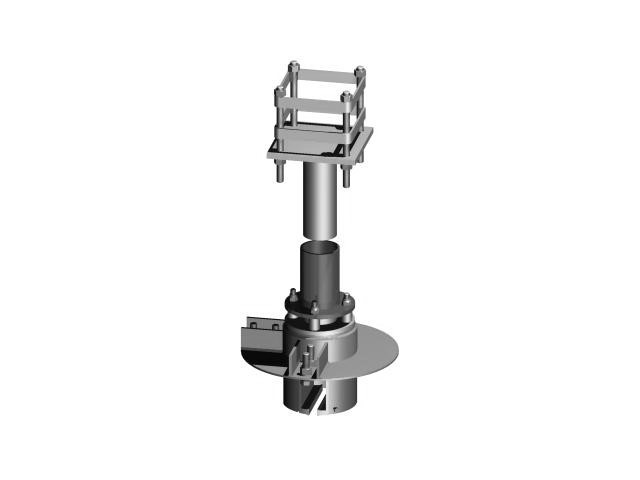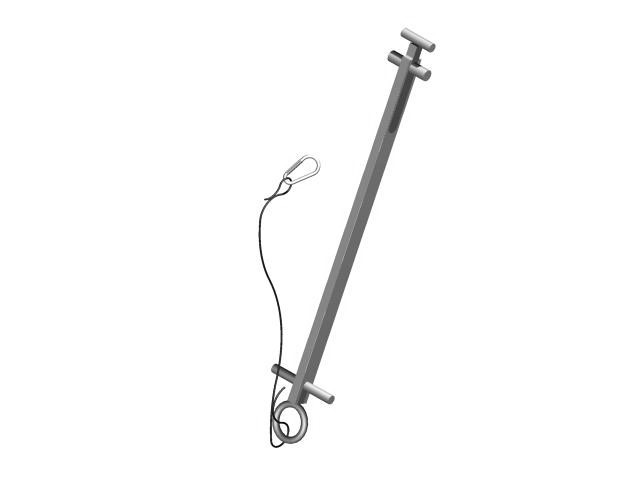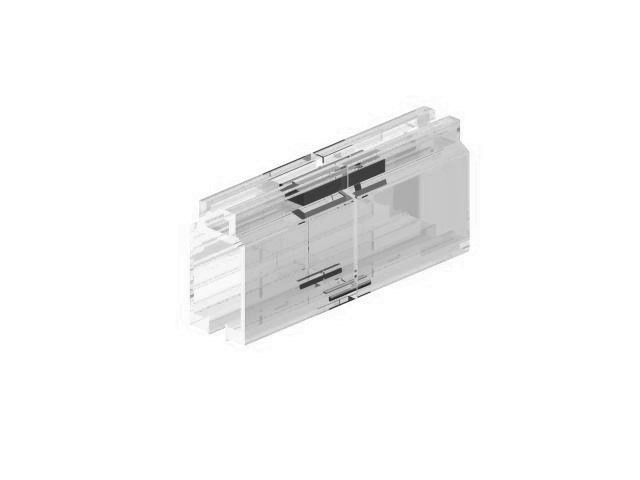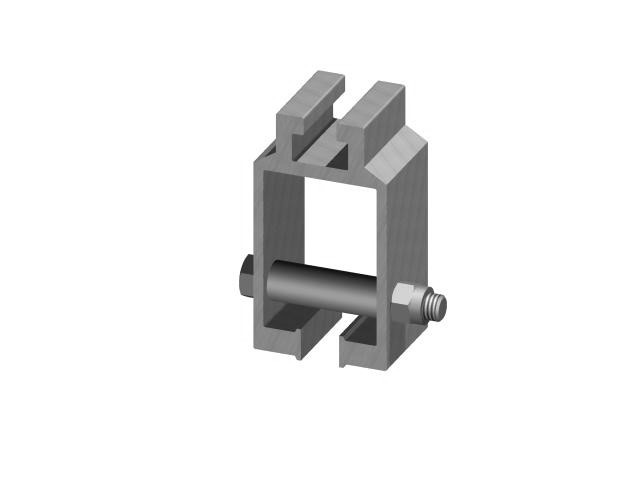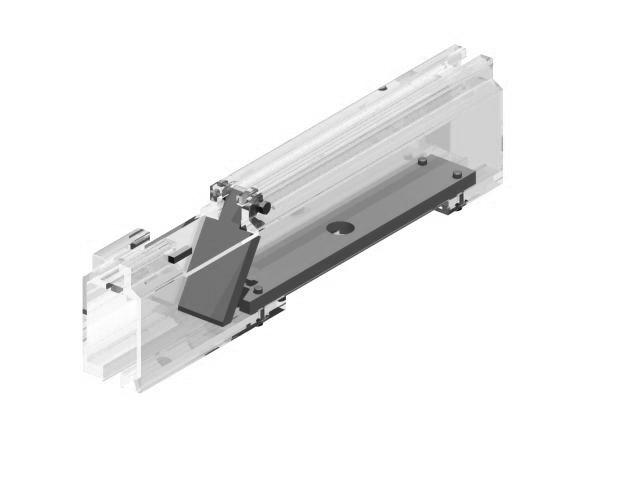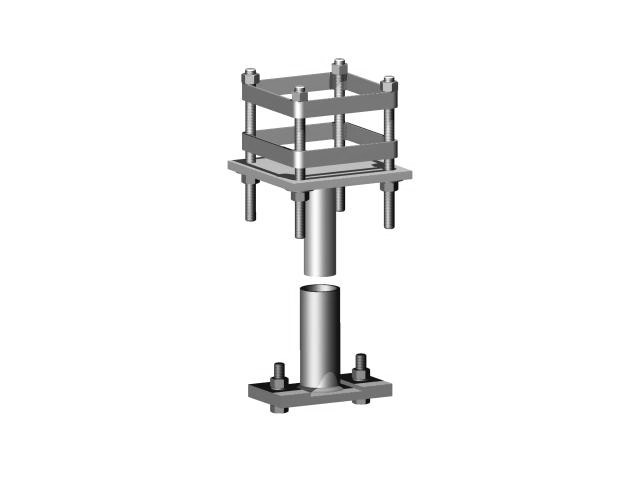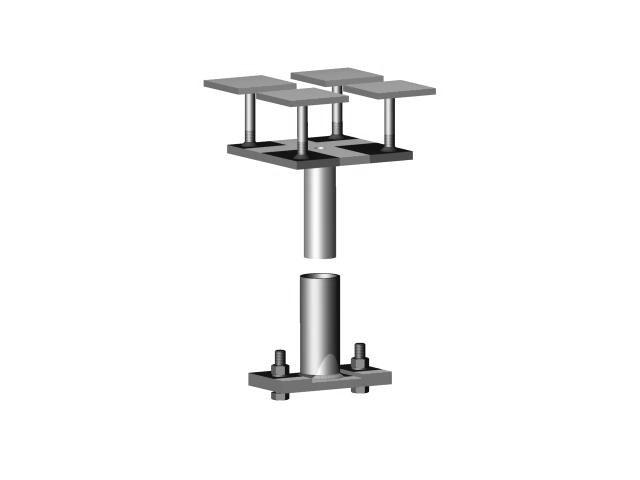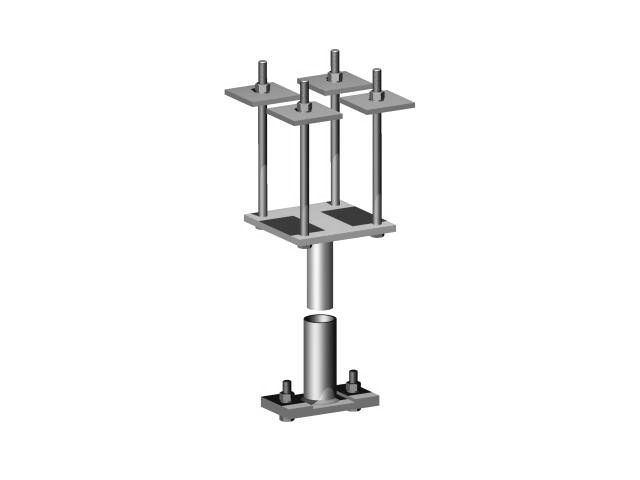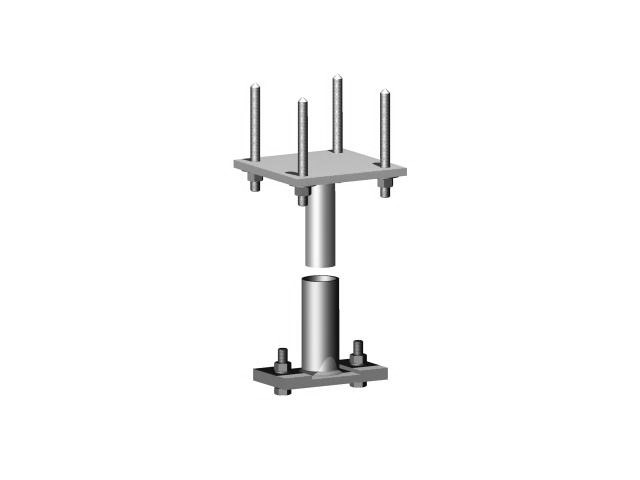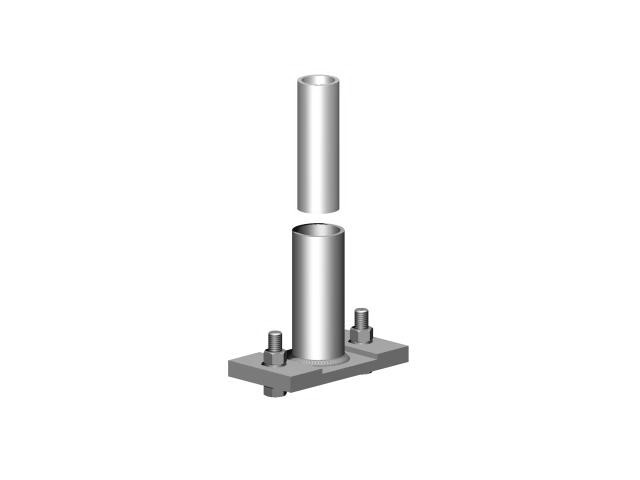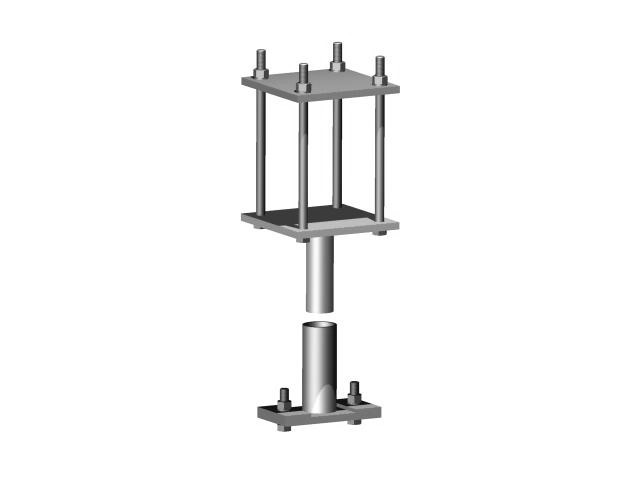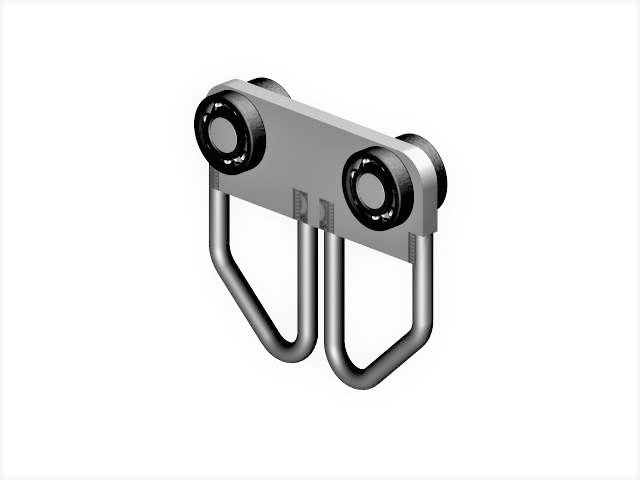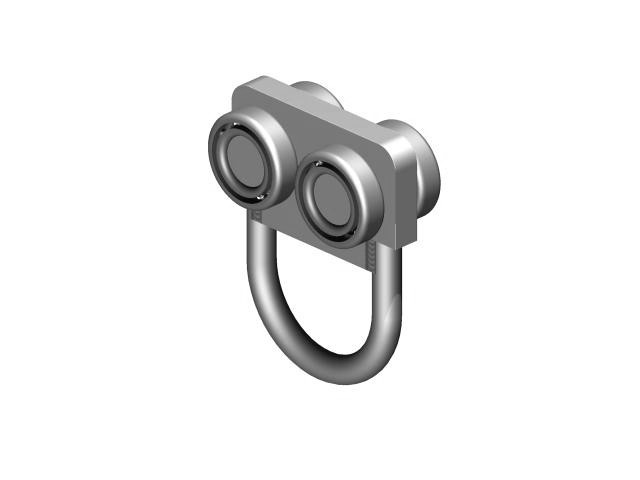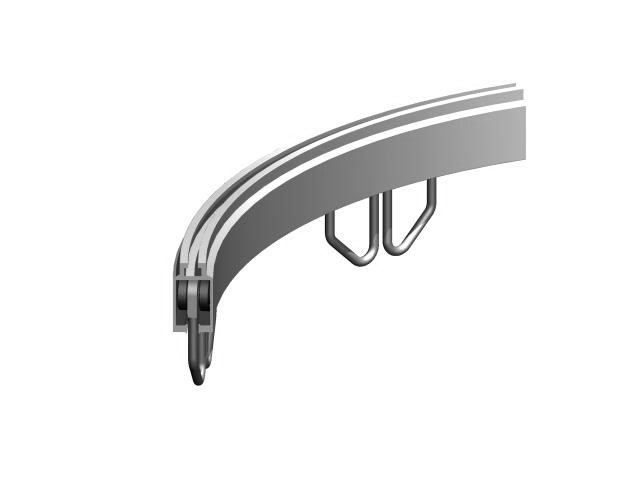Suspended access monorail systems offer an efficient solution for facade cleaning, allowing access to challenging or otherwise inaccessible exterior and interior glass areas. These systems act as continuous anchor systems, which is ideal when installing equipment on the roof that is impractical or not preferred.
Monorail Components
- Aluminum Rail Section: The central element of the system, supporting a manual or electrically powered traversing trolley.
- Supports: They are installed at intervals of 10’-0” to 12’-0” (3050 mm to 3658 mm) along the building, with additional supports at corners and for curved tracks.
- Platform Trolleys: Four trolleys are required for a two-person platform: two for the primary suspension (platform) and two for the workers' lifelines.
Trolley Types
- Manual Trolley: Operated manually for straightforward use.
- Manual Chain Drive Trolley: Utilizes a chain mechanism for movement.
- Motorized Trolley: Powered by electricity for smooth operation.
- Battery Operated Trolley: Runs on batteries for greater flexibility.
- Climbing Trolley: Designed for vertical movement on the monorail.
Rails: Available in straight or curved configurations (90-degree, 45-degree, or circular), with a minimum radius of 3-0” (915 mm). Rails can be exposed or concealed within soffits or ceilings.
Accessing the Monorail System
Typically, workers access monorails via a localized window, hatch, rigging sleeve, or ladder. They then suspend their lines from the monorail and return to the first floor or lower level to ground rig their platform. One of the most overlooked items by design professionals is the provision for localized access to the monorail and fall protection for workers while en route.
Applications
- Ideal For:
- Building overhangs
- Sloped glazing and skylights
- Atrium glass
- Domes
- Compatible Equipment:
- Building overhangs
- Sloped glazing and skylights
- Atrium glass
- Domes
Alternative Types of Monorail Systems
If a typical monorail system does not meet a building’s needs, it can be substituted for a gantry system, climbing monorail system, or a horizontal trolley rail system.
A gantry system is a permanent platform attached to a monorail system employed over exterior glass when conventional window cleaning systems cannot be used.
Climbing monorail trolleys are ideal for sloped interior atria and can be used for external facade applications if the building has a sloped or curved facade. They are designed to traverse along a horizontal or vertical monorail, including ones with twists and curves.
Pro-Bel’s climbing trolleys employ two power packs that rely on friction between the wheels and a specially designed aluminum monorail. These systems can operate safely on a wet or frosty track, allowing year-round service.
A horizontal trolley rail system is not used for window cleaning; it’s a rooftop fall protection system. It’s a horizontal lifeline system that uses rails rather than tie-off anchor points. This fall protection solution is used as a substitute for other similar systems.
Monorail System Details
